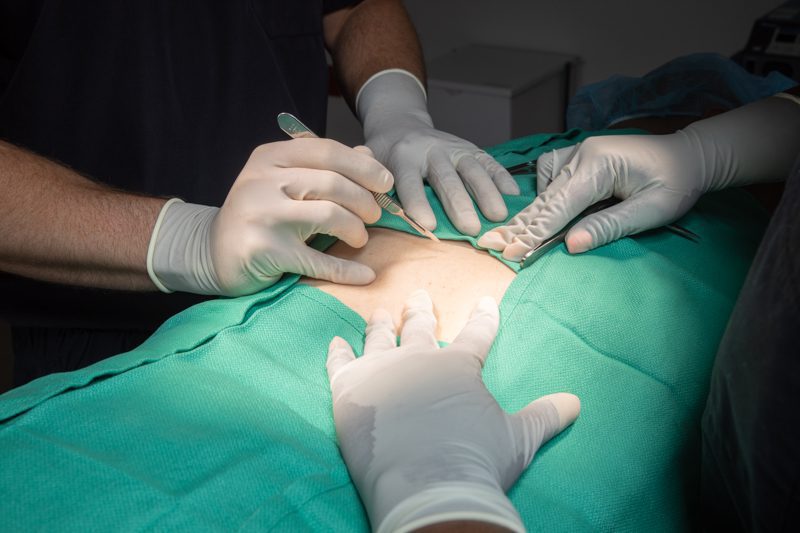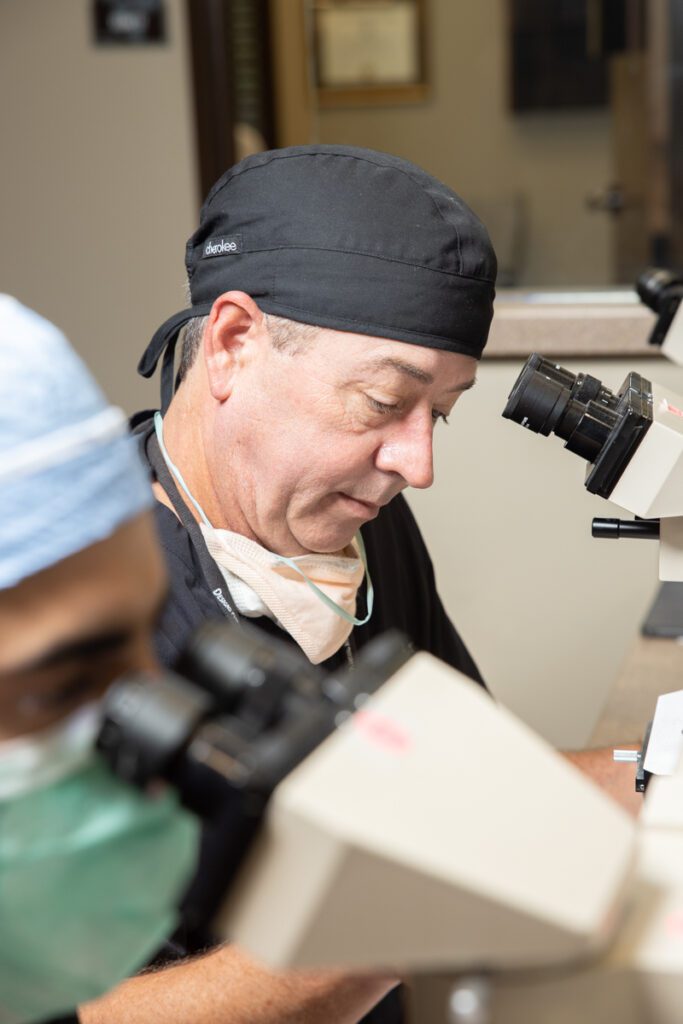
Surgical Dermatology
If you have recently been diagnosed with skin cancer, you are not alone. Over one million people are diagnosed with skin cancer in the U.S. each year, making it the most common type of cancer. One in five Americans will develop skin cancer in his or her lifetime. Fortunately, it is also one of the most treatable forms of cancer.Depending on the location and scope of your cancer, you may need a surgical excision or Mohs surgery. Mohs surgery is a special technique for high-risk, complex or recurring skin cancer that results in minimal scarring and allows patients to keep as much healthy skin as possible. The Mohs procedure is critically important when skin cancer develops in areas near important structures such as the face or hands.At Surgical Dermatology Group, all of our surgeons are board certified dermatologists who have also completed an extensive Mohs Micrographic Surgery Fellowship. The level of specialized training and reconstructive knowledge our Surgical Dermatology Group surgeons offer is unparalleled and allows us to deliver the best possible results for our patients.If you have been diagnosed with skin cancer or suspect you have skin cancer, please schedule an appointment with our talented team of physicians. We would be honored to care for you.
Your Surgery Visit
When you arrive for surgery, we have three main goals. We will keep you comfortable, we will completely remove your tumor, and we will leave you with the least amount of scarring possible. Our dedicated team of medical professionals are here to answer questions, offer a helping hand, and serve you with a supportive and kind spirit.
Skin Cancer

Mohs Surgery
Mohs surgery offers the highest skin cancer cure rate and delivers the best cosmetic results. Mohs micrographic surgery is an outpatient procedure that involves the surgeon removing the visible tumor and then creating a map or diagram of the cancer site. The surgeon then removes smaller and smaller sections of surrounding tissue, which the surgeon immediately studies under a powerful microscope, until the surgeon determines that all the cancer has been removed.
